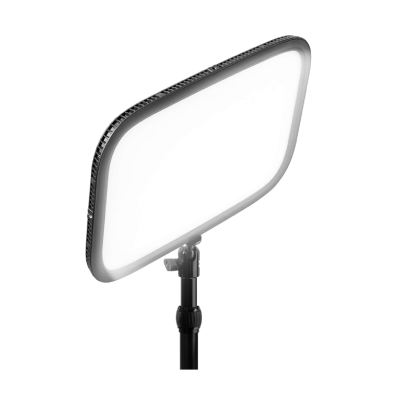The ‘Best’ settings for streaming to Twitch with OBS can change often. This is either due to your own personal restrictions (such as hardware or internet speed) or because of updates to software, compatibility, or codecs.
First things first, I’d recommend logging in to your Twitch account so you can optimise your OBS experience. By logging into your Twitch account, you will be able to dock elements of your stream so you don’t need to have multiple windows or browser windows open, like your chat window, stream title, tags, etc.

To log in, you click the settings button and then click on the Stream tab. Then choose your service as Twitch, and then click Connect Account. Lastly, once you have logged in, go down to the advanced options and click “Ignore server setting recommendations”, then apply.

Once logged in, you can then head to the Output tab so we can change some settings to get your stream as crisp as it can be!
Firstly, change the output mode to Advanced, which ensures we can get to all of the settings that we need. Then, for the audio track, I use track 1 for all my stream audio.
This means all of the audio that I have will be mixed into one audio track and sent to the Twitch live servers. Next would be the Twitch VOD track; the reason this track would be used is for if you’re playing audio or sounds that you wouldn’t want on your VODs. To enable this, simply select the checkbox labeled 'Twitch VOD Track' and choose the audio track you would like to use.
Next is the encoder, this would be where your setup may vary from others. You can have x264, NVIDIA NVENC, and AMD H.264, this is for CPU encoding, NVIDIA Graphics cards, and then AMD Graphics cards, respectively.

By choosing the encoder for your system, you now need to change the bitrate control and bitrate; this is also heavily reliant on your system and internet speeds. I chose 6500kbps for my bitrate because not only can my system and internet handle it, but I also find that giving that extra 500kbps, (although Twitch’s website states 6000kbps is the maximum) it helps stabilise the stream and quality better.
As far as internet speed goes, a lot of people that stream don’t have much of an issue with upload speed, if you are one of the unlucky ones that doesn’t have the best upload speeds (below 7000kbps) then I would recommend you setting your bitrate to no more than 75% of your total upload speed and lower your resolution (in the video tab) so this ensures that you have enough headroom for the speed for stream and any online games you may play. Every other option is generally good in this part, so we can move on to audio.

Here in the audio tab, I usually leave everything as it is except for the Global Audio Devices. I change these to all be disabled as I add the audio devices manually in each scene I need them, so it gives me more control over the devices that are active in the scene.

Lastly, on to the video tab. Here is where another change may come in to place depending on your hardware and internet speeds. If you are streaming at 1080p and can handle it, that’s great! Just keep the base and output resolution as it is, and if you can/want to, change the FPS to 60 so you can get that buttery-smooth streaming experience for your viewers.
If, however, you needed to change the settings to be a little lower in the output tab, then it may be wise to consider lowing your FPS to 30, the output scale to 720p, or both if you need to.
For the downscale filter, I find it best to have the Lanczos downscaling filter, as it produces the best results and doesn’t have that much of an impact on PC performance.
And there we have it! These are the best OBS settings I’d recommend right now for anyone who’s just setting up their stream or looking to improve stream quality.
If you want to improve your existing OBS setup with third-party plugins, check out this article on the 10 best plugins for OBS.



